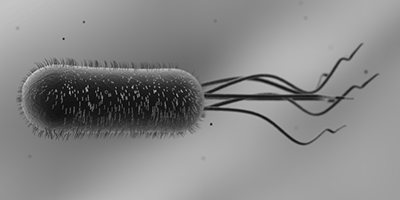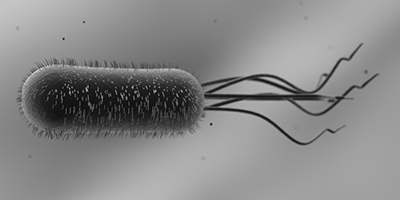Surfaces Stop Bacteria From Tumbling
Swimming bacteria, such as E. coli, are known to be attracted to surfaces, and they can become trapped when they get too close. An experimental study looks at how this trapping is affected by a bacterium’s own tumbling motion. In Physical Review Letters, Jian Sheng and colleagues from Texas Tech University, Lubbock, and the Massachusetts Institute of Technology, Cambridge, show that, in contrast to what many researchers expected, when bacteria are near surfaces, tumbling doesn’t help them escape and is in fact strongly suppressed. The research could contribute to a better understanding of biofouling of surfaces, which can lead to infections from medical implants and deterioration of industrial equipment such as pipes.
The tendency of bacteria to become trapped near surfaces has been attributed to changes in fluid velocity and pressure fields, as well as steric interactions from the bacteria physically touching the surface. A number of experiments have studied these effects, but most have used a mutant form of bacteria that swims in relatively straight lines without the ability to tumble. Wild E. coli, however, frequently reorient their swimming direction by unbundling their normally wound-up flagella and tumbling.
Sheng and his colleagues used a 3D imaging technique called digital holographic microscopy to track roughly E. coli swimming in a -micrometer-deep channel. They found that bacteria within 20 micrometers of the channel surfaces tumbled less frequently than those swimming away from the surfaces, and that near-surface tumbles caused only small changes in direction. Their model of the experiment suggests that the decrease in tumbling occurs because hydrodynamic forces are suppressed near a surface, and without these forces, the flagella can’t unbundle and the cells can’t reorient. – Katherine Wright





